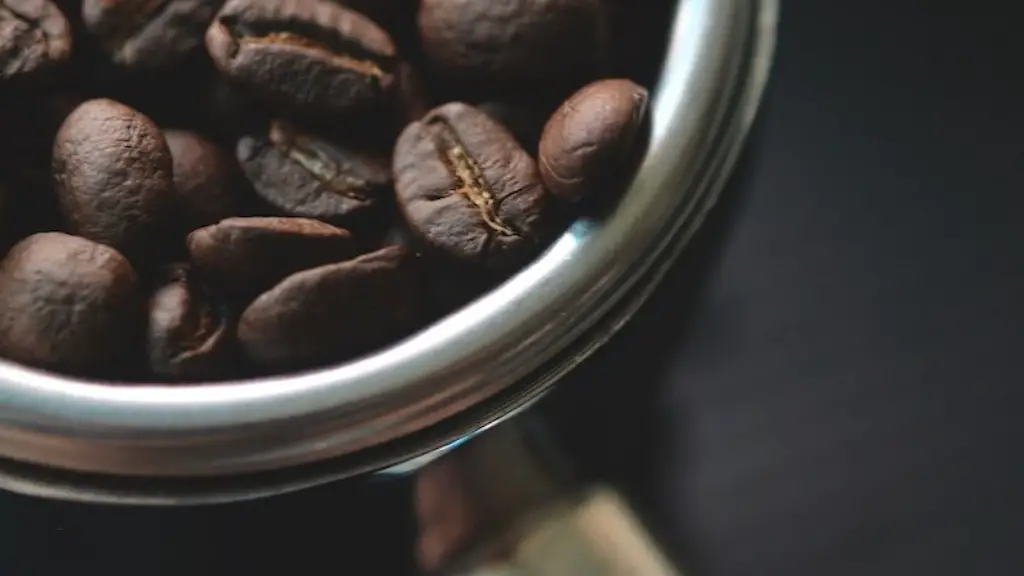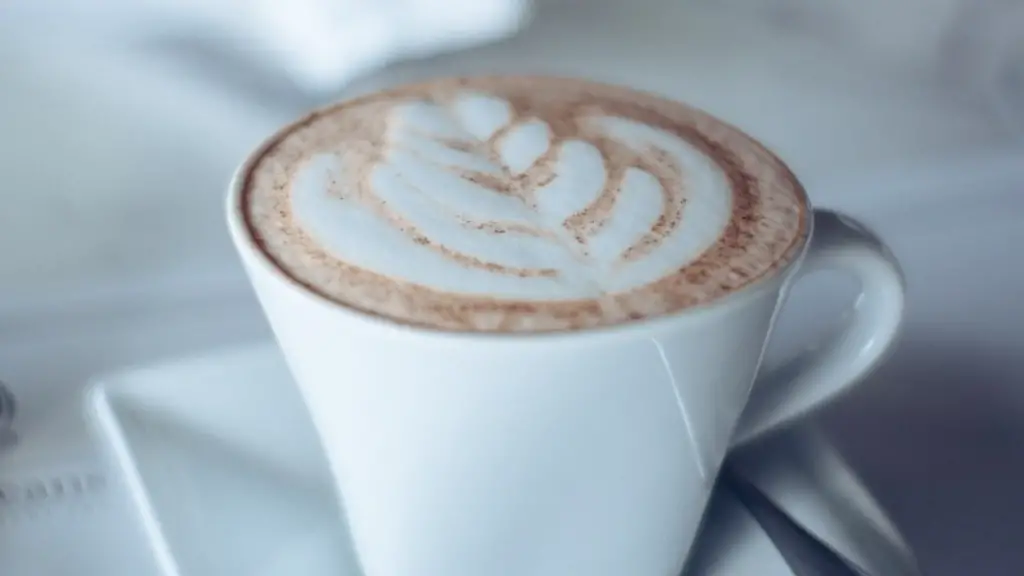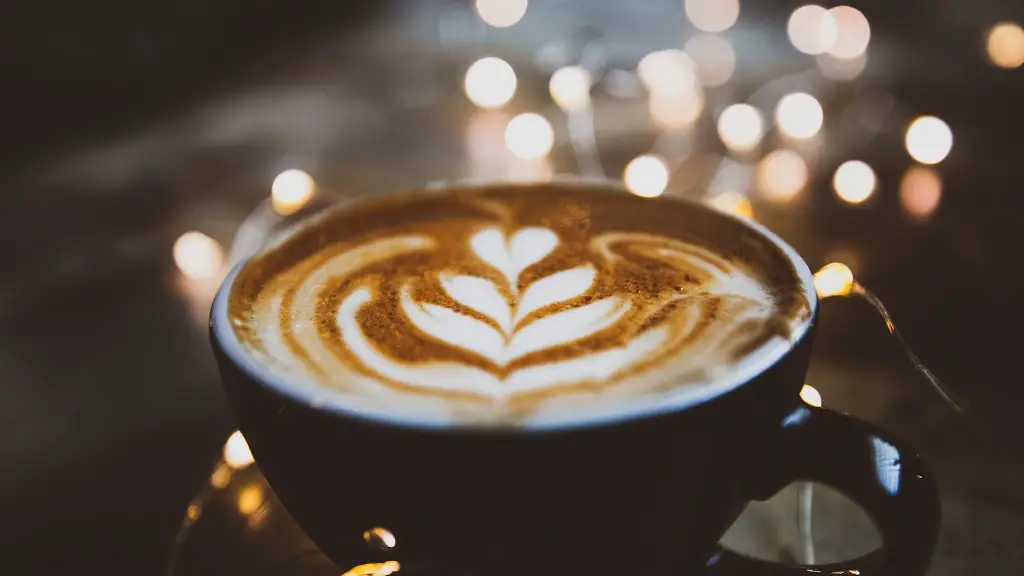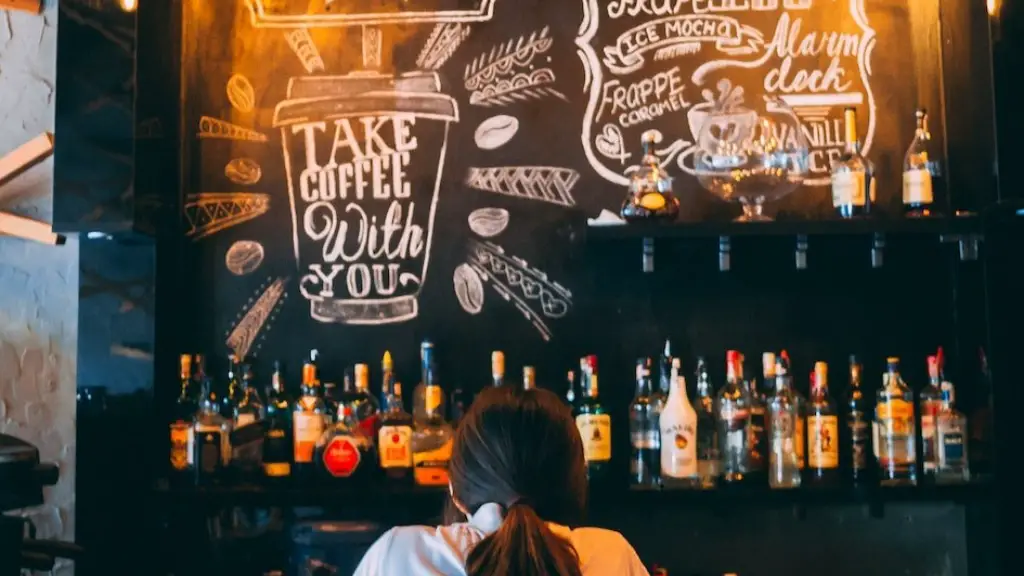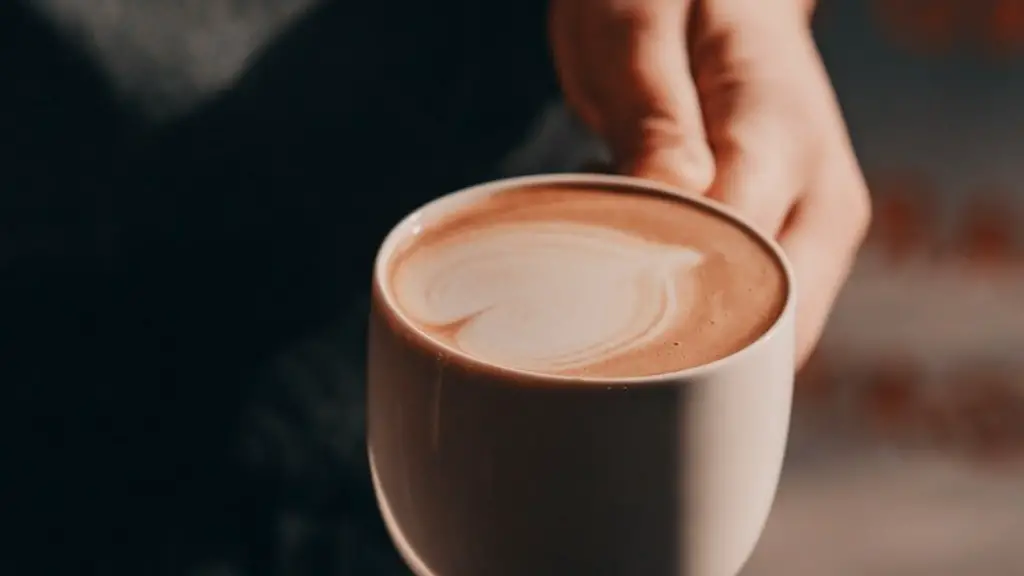Coffee is an important part of French culture. Many people can’t start their day without a great cup of coffee. Even though there is no one size fits all answer to this question, few specific types of coffee are common throughout the country. The French consume espresso, cafe au lait, cafe creme, noisette and filtre.
Espresso, also known as “cafe express” is the most iconic French coffee. It consists of fine ground coffee beans that are brewed under pressure, resulting in a strong flavor and thicker texture. It is usually served in . . . . . . . . espresso cups, accompanied with a glass of water. This type of coffee is very popular in bars and cafes, as it can be prepared quickly—in just a few minutes. Additionally, it serves as the foundation for many more complex drinks.
Cafe au lait, or simply lait, is a time- honoured French classic. It is made with equal parts espresso and heated milk. Some might choose to add a spoonful of sugar, although it tends to be served without any sweet additives. The result is a balanced mix of sweetness and strength.
Cafe Crema, simply referred to as creme, is a long espresso shot with heavy cream. It is popular among French youth and it requires precise timing and temperature adjustments to obtain the perfect flavor and consistency.
Noisette, which means “hazelnut” in French, is an espresso to which a teaspoon of hazelnut syrup has been added. It is topped with an equal part of whipped cream, giving it a unique nutty sweetness and a smooth, velvety texture.
Filtre is an infusion method widely available in France. Using a well-saturated cotton filter, the coffee is brewed for around three minutes. As a result of the extraction process, it has a light-bodied texture, a smoother taste, and a milder flavor than espresso.
Traditional Preparation Techniques
Traditional coffee brewing techniques are still widely used in France. The oldest methods require heating the coffee grounds directly on the stove, while the more modern ones usually involve coffee makers or machines.
Cafetiere, also known as French press coffee, is one of the most popular brewing methods in France. The brewing process consists of pouring heated water over coarsely ground coffee beans and allowing it to steep for a few minutes. Then, the plunger is pushed to the bottom of the container, trapping the grounds. This method produces a strong, full-bodied cup of coffee.
The drip method, French-style, is a simple process in which hot water passes through a filter that contains the coffee grounds. This results in a mellow and smooth cup of coffee—perfect for lovers of a more subtle flavor.
Exploring a Culture of Innovation
Though the French are known for their love of traditional brewing techniques, over the past few years, a new generation of coffee enthusiasts has been experimenting with different recipes and new methods. These alternative preparations generate a deep appreciation for the nuanced origins and flavors of coffee.
Cold-brew and nitro coffee, for example, have become popular due to their strong allure and vibrant taste. Other alternative preparations, such as pouring over, siphon, and stovetop espresso, have been gaining traction due to their fast and efficient results.
In addition to these methods, the French are incorporating a wide variety of ingredients and toppings in their coffee. From spirits and spices, to herbs and honey, many concoctions have been devised to bring out the full flavor of each cup.
It’s this kind of creative innovation that sets French coffee culture apart. By merging traditional techniques with modern ingredients, a unique and vibrant beverage experience is created.
A Deeper Look at French Coffee
Besides being a pleasurable experience, coffee culture in France provides numerous benefits. It offers an opportunity for meaningful conversations and intellectual exchanges, as well as a chance for constructive networking.
This allows for entrepreneurs and professionals to collaborate and come up with fresh ideas. Moreover, it encourages the growth of small businesses and startups, thereby boosting the local economy.
Coffee culture also allows people to connect in a more personal level. Attending a cafe without a specific goal can be a way to relax and spend some time to oneself, or bond with family, friends, and colleagues.
Moreover, it stimulates creativity and increases productivity. By changing environment, taking a break and refocusing on the task at hand, coffee can be an aid for gathering new insights and thinking outside the box.
A Healthy Choice
Although coffee contains high levels of caffeine and can be harmful if consumed excessively, moderate consumption has numerous health benefits. It can help reduce depression and anxiety, as the caffeine acts as a stimulant, increasing alertness and energy levels. It can also help prevent specific diseases such as Parkinson’s and cancer, as it is rich in antioxidants.
Coffee also has low levels of calories and is a source of essential minerals, comprising calcium, phosphate, magnesium and potassium. Additionally, it contains vitamin B2, vitamin B5, and many other organic compounds.
In summary, coffee is a deeply rooted cultural staple in France. The French use it as a way to connect, exchange ideas, socialize, and even stay healthy. Coffee in France is much more than just a beverage – it is a way of life.
Exploring French Regional Variations
Beyond the standard styles of French coffee, regional variations exist. In the north of France, cafe au lait is commonly served with a piece of freshly made brioche. In the south of France, espresso is often accompanied by a Calisson d’Aix, a traditional almond-based sweet.
In Paris, the classic cafe creme is often served with an éclair au chocolat. The éclair au chocolat is an indulgent delight, with a sweet cream filling and a chocolate ganache co
ating. It complements the robust flavor of the cafe creme perfectly.
In the Loire Valley region of France, a popular beverage is called a cafe moustache. This is made with espresso topped with a meringue. It is traditionally served with a glass of Chartreuse liqueur, a sweet herbal liqueur made by Carthusian monks in the area.
Then there’s the famous “cafe flat white.” This is an Aussie interpretation of the French classic “cafe creme”. The cafe flat white is indeed very popular in Australia but it is also becoming increasingly popular in France. The recipe consists of two shots of espresso and some steamed milk, which is served in a large cup.
Sustainability Practices
Just like many other countries, France is going through a sustainability shift when it comes to coffee. Many initiatives are aiming at reducing the environmental impact of the production, consumption, and disposal of coffee.
Recycling, composting, purchasing Fairtrade, and reducing packaging are just some of the measures that are being implemented by cafes and coffee lovers around the country. On the producer side, schemes such as organic certification, and reducing the use of chemical fertilizers and pesticides are contributing to a more sustainable industry.
By embracing sustainability practices, France is making sure to keep their coffee culture alive and thriving for many generations to come.
Educating Consumers
Educating consumers about their coffee is another key factor for sustainable practices. By informing them about the different origins, blends, and roasts, consumers can be aware of the people, places and processes associated with their coffee.
Sensory education and workshops are also becoming increasingly popular among coffee lovers. This way, attendees are able to develop a more conscious approach when it comes to choosing, tasting and enjoying coffee.
Overall, a sustainable coffee culture is a culture well worth preserving. That is why cafes and coffee shops throughout the country are taking the steps necessary to make sure coffee is an enriching and responsible experience.
